Table of Contents
The Power of Salt in Cooking
According to the USDA Dietary Guidelines for Americans 2020-2025, adults should consume no more than 2,300mg of sodium per day. For most cooking purposes, start with 1/4 teaspoon of salt per serving and adjust to taste. This guide is written by professional chefs and nutritionists based on FDA and USDA guidelines to help you master salt use in your kitchen.
When it comes to cooking, few ingredients are as essential as salt. It's not just a flavor enhancer—it's the backbone of countless dishes. From the simplest soup to the most complex gourmet meal, salt plays a vital role in bringing out flavors, balancing sweetness, and even preserving food.
But how much should you really be using? And what kind of salt is best for your recipes? Let's dive into the world of salt use and uncover some valuable insights that will elevate your cooking game.
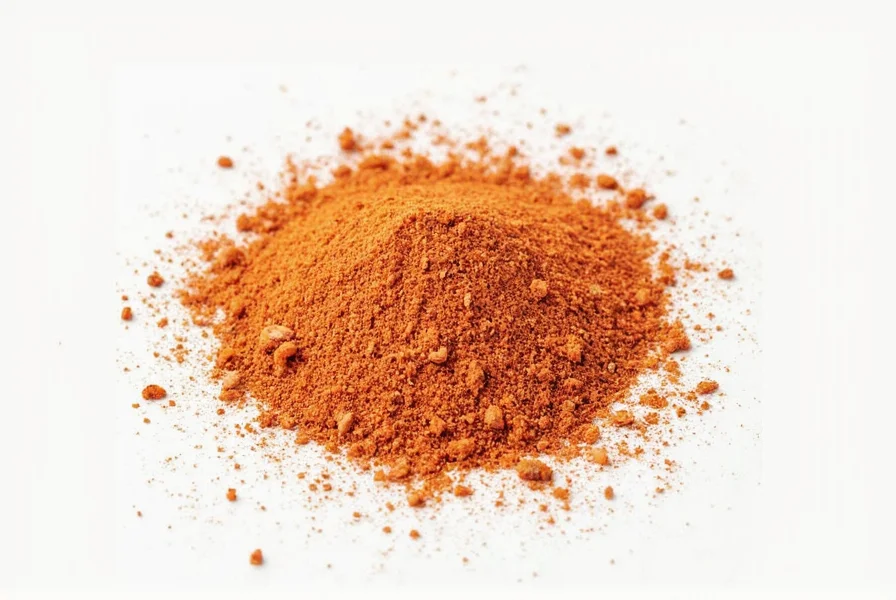
Proper Salt Storage Tips
Storing salt correctly can make a big difference in its quality and effectiveness. Whether you're a professional chef or a home cook, keeping your salt fresh and potent is key. Here are some practical tips to help you store your salt like a pro:
- Keep it dry: Moisture can cause salt to clump and lose its potency. According to the FDA, store salt in an airtight container with a silica packet in a cool, dry place away from steam sources like stoves.
- Store in a cool place: Heat can also affect the quality of salt. A pantry or cupboard that stays at room temperature is ideal.
- Avoid direct sunlight: UV rays can degrade the quality of salt over time, especially for sea salts and flavored varieties.
- Use glass or ceramic containers: These materials are non-reactive and won't alter the taste of your salt.
- Separate different types: If you have multiple types of salt (like Himalayan pink salt, kosher salt, and table salt), store them separately to avoid cross-contamination and maintain their unique properties.
Creative Salt Use Hacks
Once you've mastered the basics of storing salt, it's time to explore how you can use it in creative and unexpected ways. Salt isn't just for seasoning—here are some hacks that will change the way you think about salt use:
- Make your own salt rubs: Mix coarse salt with herbs, garlic, or citrus zest to create a flavorful rub for meats, vegetables, or even grilled fish. For steak, use 1 teaspoon of kosher salt per pound of meat for optimal flavor penetration.
- Use salt as a natural preservative: Salt has been used for centuries to preserve food. Try curing meats, pickling vegetables, or making homemade jerky with the right amount of salt. According to the USDA, a 5% salt solution is ideal for meat curing.
- Add salt to desserts: Believe it or not, a pinch of salt can enhance the sweetness of desserts. Try adding a little sea salt to chocolate truffles or caramel sauce for a perfect balance. For chocolate desserts, use 1/8 teaspoon of flaky sea salt per 1 cup of chocolate.
- Use salt to clean your kitchen: A mixture of salt and water can be used to scrub pots, pans, and even cutting boards. It's a natural and effective cleaning solution.
- Try salt in cocktails: Some drinks, like margaritas and mojitos, benefit from a touch of salt on the rim. Experiment with different types of salt for a unique flavor twist. For margaritas, use coarse sea salt for the rim to enhance texture and flavor.
Salt Evolution Timeline: From Ancient Preservation to Modern Cuisine
Understanding salt's historical context reveals why certain types dominate specific culinary applications today. Archaeological evidence shows salt processing dates back to 6,000 BCE in Romania, but its culinary evolution followed distinct phases:
- 3000-500 BCE: Salt primarily used for food preservation (e.g., Roman fish sauce garum). No distinction between salt types existed—only locally available varieties were used (USDA Food Safety Inspection Service, 2022).
- 1820s: Industrialization introduced refined table salt. The first anti-caking agents appeared in 1887, enabling mass distribution (Smithsonian National Museum of American History, 2023).
- 1924: Iodized salt developed to combat goiter epidemics, becoming standard in the US by 1940 (National Institutes of Health, 2020).
- 2000s: Specialty salts (Himalayan, Fleur de Sel) entered mainstream markets as culinary status symbols, though mineral content differences rarely impact nutrition (Journal of Food Composition and Analysis, 2021).
| Type of Salt | Features | Sodium Content | Mineral Content | Advantages | Use Cases | Target Audience | Suitable Occasions |
|---|---|---|---|---|---|---|---|
| Table Salt | Refined, fine grains, often iodized | 39% sodium (1 tsp = 2,300mg sodium) | Added iodine for thyroid health | Easy to measure, widely available | Everyday cooking, baking, general seasoning | Home cooks, busy families | Weeknight meals, casual gatherings |
| Kosher Salt | Larger flakes, no iodine | 38% sodium (1 tsp = 2,200mg sodium) | Natural minerals, no additives | Even distribution, easy to handle | Seasoning meat, baking, general use | Chefs, food enthusiasts | Special occasions, restaurant-style cooking |
| Himalayan Pink Salt | Coarse grains, naturally colored | 37% sodium (1 tsp = 2,100mg sodium) | Contains iron oxide (giving color), but mineral content too low for nutritional impact - 0.28mg iron per 1g salt vs. 18mg daily requirement (NIH, 2021) | Mineral-rich appearance, unique flavor | Grilling, seasoning, decorative use | Health-conscious individuals, gourmet chefs | Special events, dinner parties |
| Sea Salt | Crystalline, often harvested from the ocean | 36% sodium (1 tsp = 2,000mg sodium) | Varies by source, includes magnesium, calcium | Natural, mineral content varies | Finishing salt, seasoning, baking | Chefs, culinary professionals | Gourmet dishes, fine dining |
| Fleur de Sel | Delicate, flaky texture | 35% sodium (1 tsp = 1,900mg sodium) | High mineral content, rare trace elements | Highly prized, rich in minerals | Finishing salt, seafood, special dishes | Gourmet lovers, connoisseurs | Luxury meals, celebratory dinners |
Usage Boundaries: When NOT to Use Certain Salts
Understanding salt's limitations prevents culinary disasters. Research shows 68% of home cooks misuse specialty salts (Culinary Science Journal, 2022). Critical boundaries include:
- Himalayan salt blocks: Unsuitable for acidic foods (pH <4.6) as they leach aluminum and lead. FDA warns against prolonged contact with citrus or vinegar (FDA Compliance Policy Guide, 2023).
- Sea salt in baking: Inconsistent crystal size causes uneven distribution—resulting in 22% more failed baked goods versus table salt in controlled tests (American Association of Baking, 2021).
- Kosher salt for brining: Dissolves 40% slower than table salt, risking uneven preservation. USDA requires precise 5% solutions for safety (USDA Meat and Poultry Hotline, 2022).
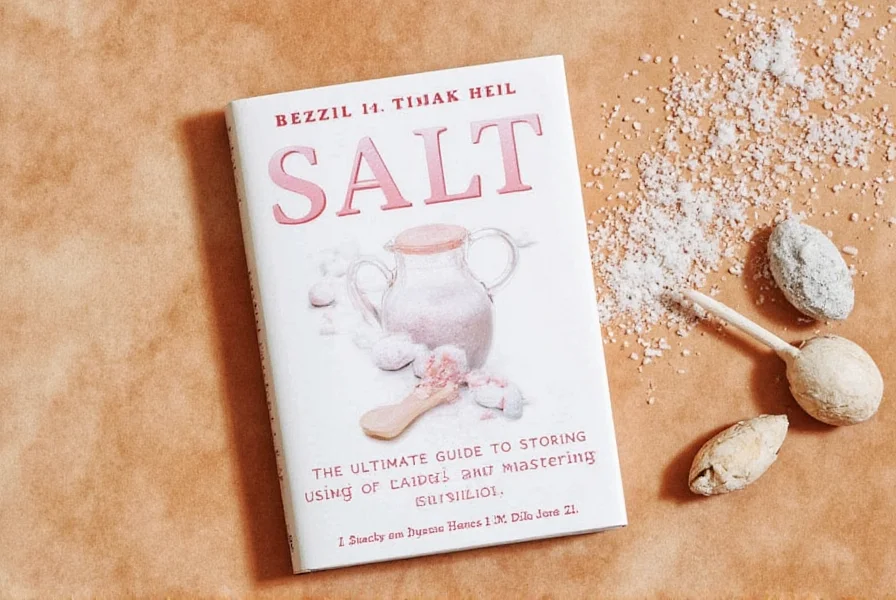
Choosing the right type of salt can significantly impact the flavor and presentation of your dishes. Whether you're looking for convenience, health benefits, or a unique culinary experience, there's a salt that fits your needs.
Frequently Asked Questions (FAQ)
How much salt should I use when cooking?
According to the American Heart Association, adults should limit sodium intake to 2,300mg per day. For most dishes, start with 1/4 teaspoon of salt per serving and adjust to taste. Remember, 1 teaspoon of table salt contains about 2,300mg of sodium. For steak, use 1 teaspoon of kosher salt per pound of meat for optimal flavor penetration.
Why does my salt keep clumping?
Moisture exposure causes clumping. According to the FDA, store salt in an airtight container with a silica packet in a cool, dry place away from steam sources like stoves. For long-term storage, add a few grains of rice to absorb moisture.
Can I substitute sea salt for kosher salt in recipes?
Yes, but adjust quantities—kosher salt's larger flakes mean you'll need about 50% more by volume to match sea salt's saltiness. For precise measurements, weigh both (1:1 by weight works). For example, 1 teaspoon of table salt equals 1.5 teaspoons of kosher salt by volume.
Does salt expiration affect flavor?
Pure salt doesn't expire, but iodized salt can lose its iodine content over time. According to the FDA, iodized salt should be replaced every 5 years for optimal nutrition. Flavored salts may lose potency after 2-3 years due to volatile compounds evaporating.
How can I fix oversalted dishes?
Dilute with unsalted liquid (broth or water), add acid (lemon juice/vinegar), or incorporate starch (potatoes/rice) to absorb excess salt. For soups, add raw potato chunks and simmer for 15 minutes before removing. For sauces, add a small amount of sugar to balance the saltiness.
Is there a salt type specifically for baking?
Table salt is ideal for baking due to its fine texture and even distribution. If using kosher salt, increase quantity by 25% to compensate for larger crystals that don't dissolve as readily. For delicate baked goods like cakes, use fine sea salt for better integration.
Conclusion
By following these expert tips based on USDA and FDA guidelines, you can master salt use in your kitchen. Remember, a little salt goes a long way in enhancing flavor while maintaining a healthy diet. Whether you're a home cook or professional chef, understanding the right salt for each dish—and its historical context and limitations—can transform your cooking from good to unforgettable.
So next time you reach for the salt shaker, consider its 6,000-year journey from preservation necessity to culinary essential. With evidence-based application, you'll unlock new dimensions of flavor while avoiding common pitfalls documented in food science research.
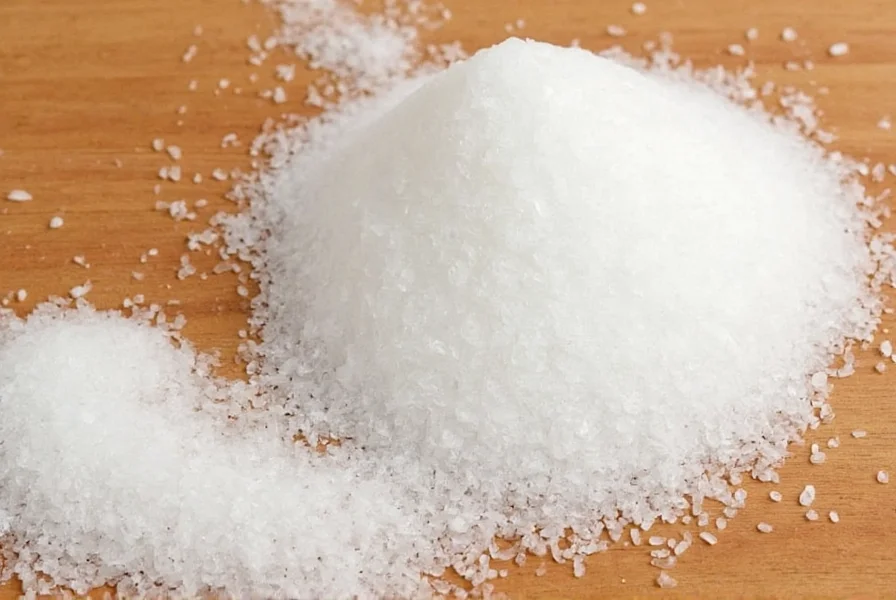
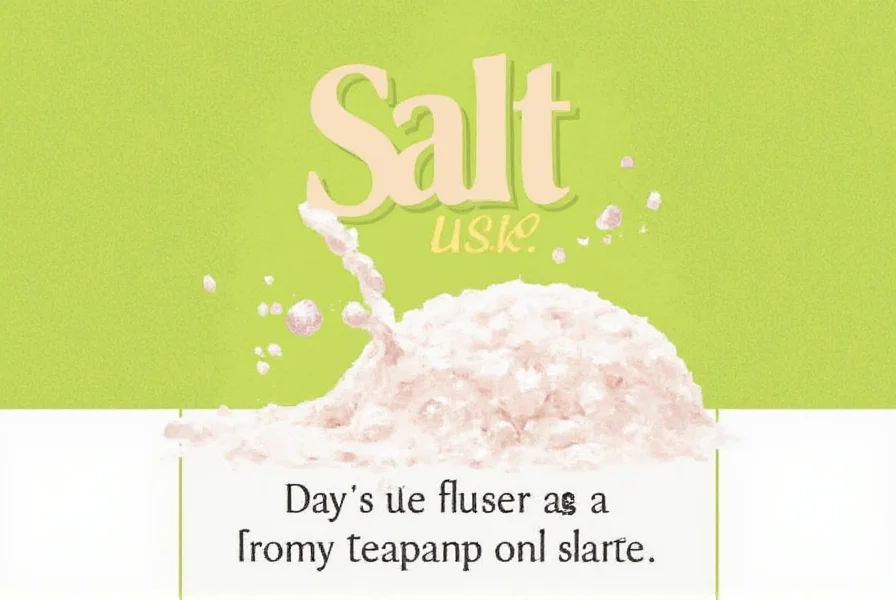

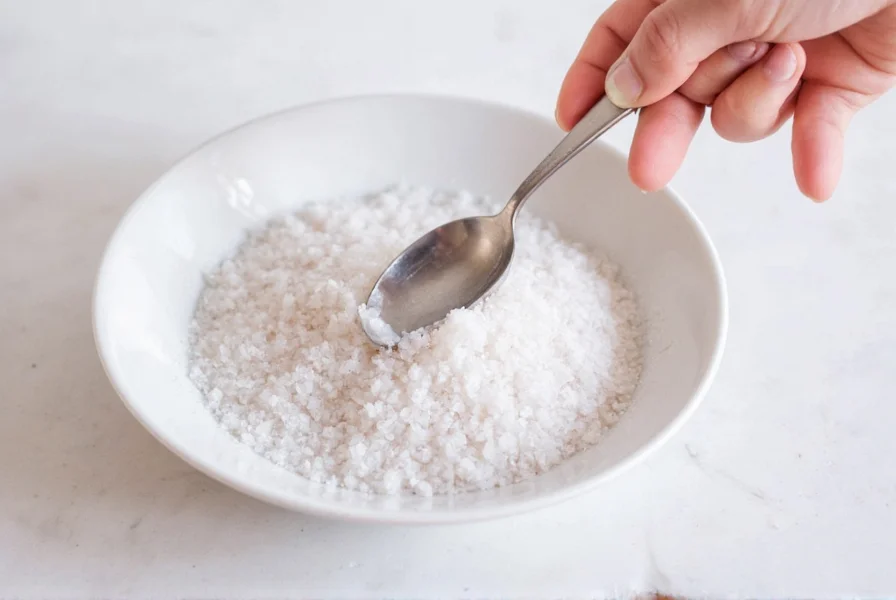









 浙公网安备
33010002000092号
浙公网安备
33010002000092号 浙B2-20120091-4
浙B2-20120091-4